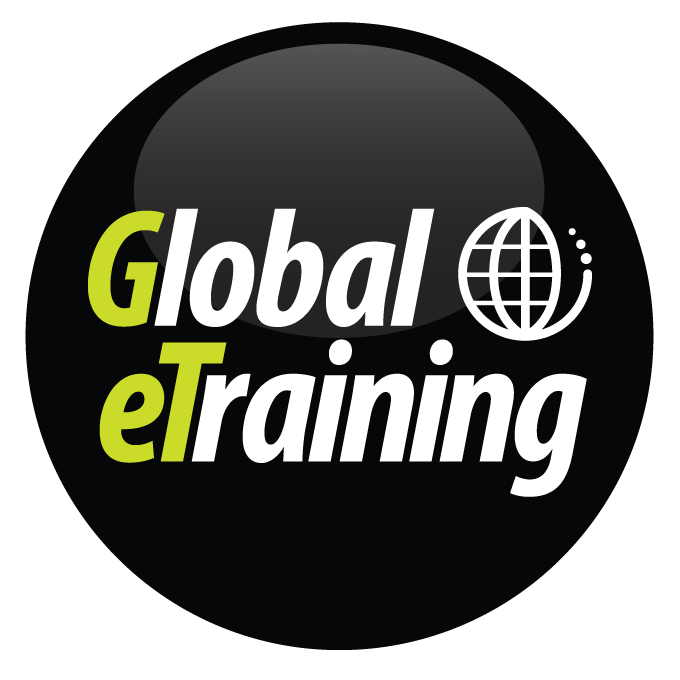Global eTraining (GeT) recently worked with a regional division of a global multi-disciplinary firm where the ‘GeT Everything’ library was rolled out across their global offices, and each region was responsible for their own programs and development. The division had a definite knowledge gap compared to the rest of the organization and needed to transition from AutoCAD 2D to Revit.
Learning Paths were identified for each discipline and staff were given courses to complete within a specific timeframe. Learners were encouraged to give feedback on what they learned through their courses, pursue certification, and share how they implemented the course content into their projects.
According to the MASIE Center, a think tank focused on the intersection of learning and technology, only 32% of people will start on-the-job e-learning courses if they’re not required to. It went on to say that after 3 months, only 15% of Learners are active and engaged in their online learning.
By using Global eTraining and making the courses a requirement through Learning Paths and incorporating this into the staff’s Performance Development Plans, this client surpassed the average statistic with 97.6% of learners having started their courses, 59% completing a minimum of 1 course (and up to 11 courses), and 83.8% remaining active and engaged in months 4 –12.
Completion results and goals far exceeded the original program objectives. The original goal for the Global eTraining pilot program was to have 30% of the staff at the organization’s “global standard level” reach proficiency within one year – 50% of staff achieved this within the first year, with a handful of them surpassing this to be considered “expert level”. The client started working toward year two’s goals halfway through the first year of their training.
Prior to the Global eTraining program, the client was only doing small projects in Revit. Within the first year of training, staff had moved to a more proficient level and this division started getting assigned projects for their other global entities within the organization. They were asked to help deliver more projects, and delivered those projects on time as a result of mastering the software through the eTraining program. Project work was internally measured and employees completed project work more efficiently and effectively with less rework.


